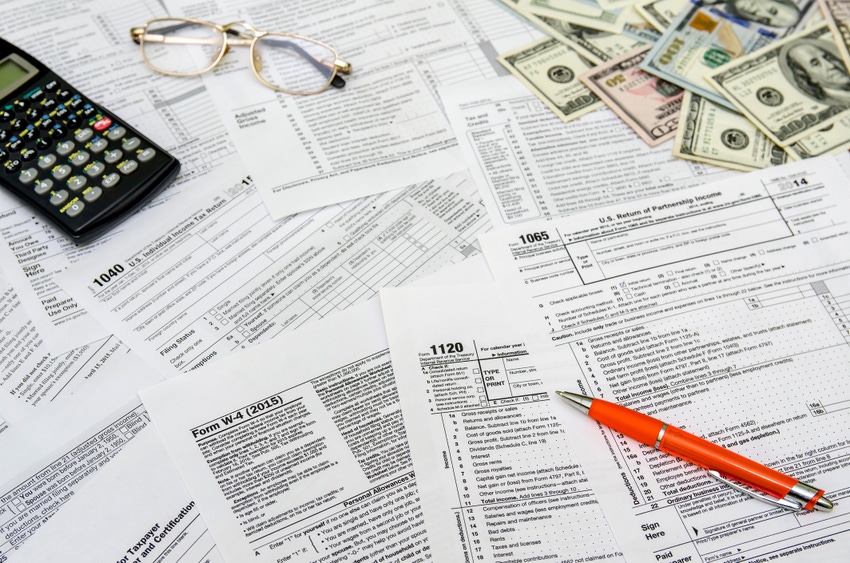
At this year’s Southern Cotton Growers /Southeastern Cotton Ginners Association annual meeting, CPA Paul Neiffer highlighted provisions farmers need to look out for if the Build Back Better bill passes Congress and is signed into law by President Joe Biden.
Speaking at the meeting Jan. 15 in Hilton Head, S.C., Neiffer, a principal with CliftonLarsonAllen in Walla Walla, Wash. and a nationally known expert on tax policy impacting farmers, said a rule created by Republicans in 2017 on excess business loss will likely become permanent in any form of Build Back Better that may pass.
Neiffer said the provision, originally set to expire in 2026, is supported by both Democrats and Republicans and will likely be a part of any Build Back Better bill because it “raises a lot of money and it’s easy to sell, so to speak.” He noted that even Republicans like the idea of making excess business loss permanent. The provision to make it permanent is in the current Build Back Better bill that is now stalled in the Senate.
Neiffer said through current excess business loss provisions, the maximum loss you can deduct on your tax return is $500,000, indexed for inflation, if you are a married couple. It is $250,000 if you are single. The Build Back Better bill makes changes to this.
“The fact it’s permanent I’m not as worried about because under current rules, if you have an excess business loss, you get to carry it forward to the next year and you get to offset 80% of your taxable income,” Neiffer explained to the group of cotton farmers and ginners.
Neiffer said in language that is part of the current Build Back Better bill, instead of offsetting 80% of your income, the loss just carries forward to the next year as part of your excess business loss, which means the maximum loss you can ever deduct in any year is $500,000.
“For a cotton farmer that maybe one year makes $5 million because cotton is $1.10, $1.15 per pound, whatever it might be, then the next year it’s 50 cents, which sometimes happens, and you lose $5 million, it’s going to take you 10 years to get that refund,” Neiffer said.
To illustrate the loss, Neiffer offered the example of “Sue,” a cotton farmer who lost $5 million in 2021.
“She has other income, wage income, interest, dividends, capital gains, whatever it might be of $2.5 million. She can offset, assuming that she’s married, about $500,000 of that loss against her income and carry it forward to 2022. Now, under current rules, let’s say she breaks even in 2022, she still has $2.5 million of other income. Under the current rules, she could offset $2 million of that $2.5 million, whereas if it’s an excess business loss she gets to offset $500,000,” Neiffer said.
“That’s a big change. It raises about $150 to $200 billion over 10 years, and the Republicans in my opinion have no problem with this. They’re the ones that put it into effect. If we get any type of BBB, that’s going to be in there,” he noted.
Neiffer urged farmers to keep an eye on changes in S Corporation taxation rates that are currently part of Build Back Better.
“Let’s say you farm as a S Corporation, maybe your parents farmed as an S Corporation, and you transferred that S Corp into a trust, we have what is called an electing small business trust. That income in that trust in the S Corp income is always taxed at the maximum highest tax rate,” Neiffer said.
In the current Build Back Better bill, Neiffer said the maximum highest rate is raised from 37% to 48.8%. He said this is one provision of the bill that really worries him. “If you have a farm S Corporation, and you have some of that held in a trust for your kids, grandkids, that potentially is going to be a very, very high tax rate.”

CPA Paul Neiffer speaks at Southern Cotton Growers/Southeastern Cotton Ginners Association annual meeting Jan. 15 in Hilton Head, S.C. (John Hart)
About the Author(s)
You May Also Like






